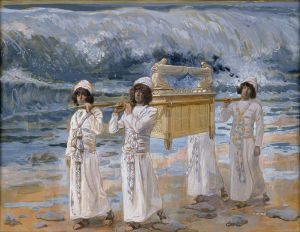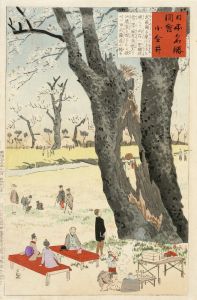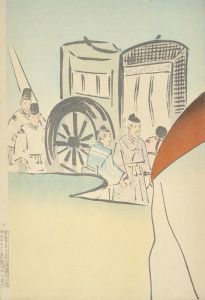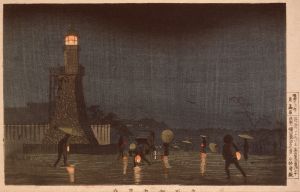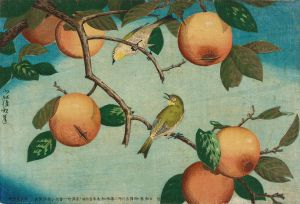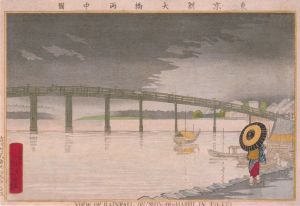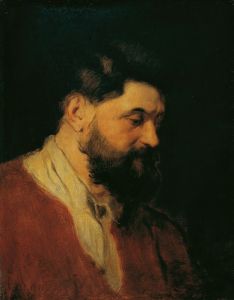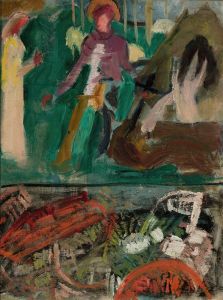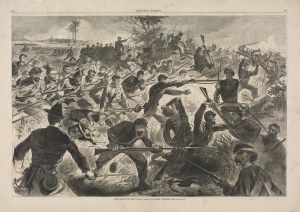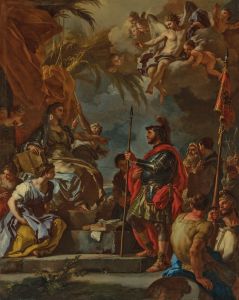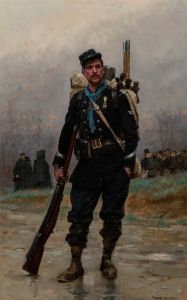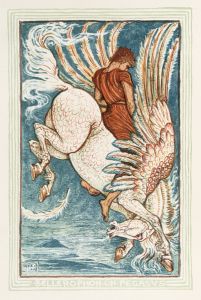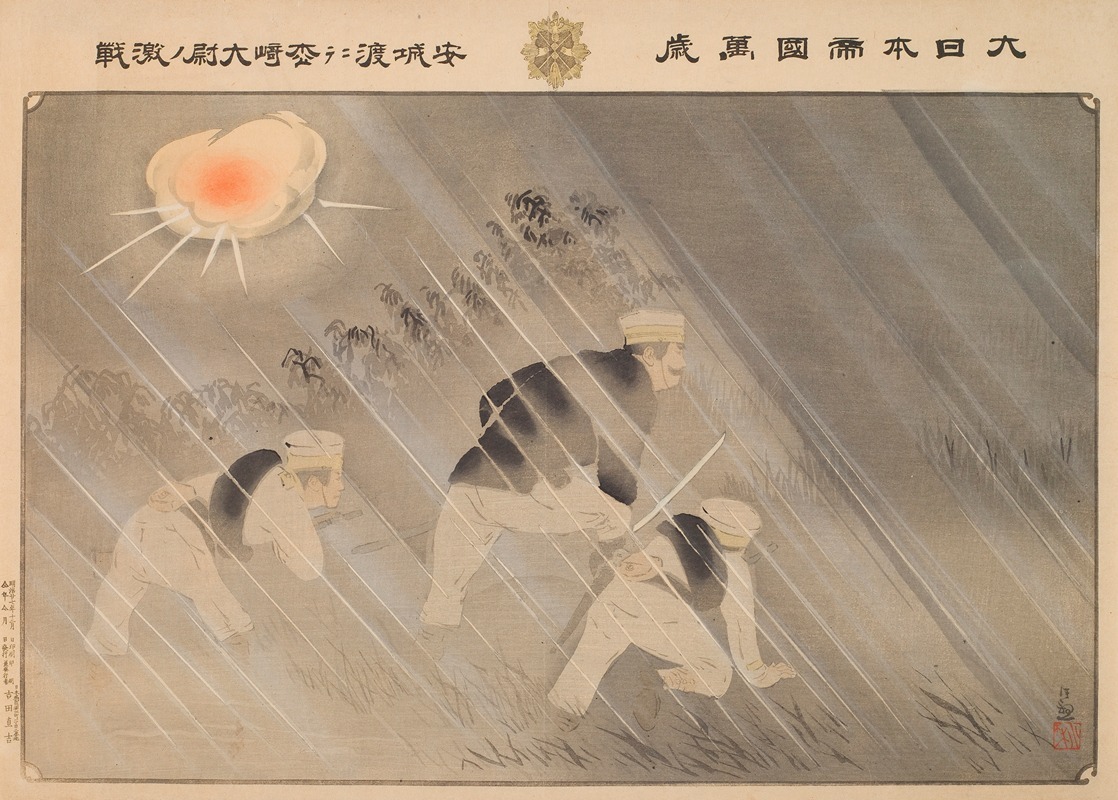
Hurrah for the Great Empire of Japan; Fierce Battle of Captain Matsuzaki at Anseong Crossing
A hand-painted replica of Kobayashi Kiyochika’s masterpiece Hurrah for the Great Empire of Japan; Fierce Battle of Captain Matsuzaki at Anseong Crossing, meticulously crafted by professional artists to capture the true essence of the original. Each piece is created with museum-quality canvas and rare mineral pigments, carefully painted by experienced artists with delicate brushstrokes and rich, layered colors to perfectly recreate the texture of the original artwork. Unlike machine-printed reproductions, this hand-painted version brings the painting to life, infused with the artist’s emotions and skill in every stroke. Whether for personal collection or home decoration, it instantly elevates the artistic atmosphere of any space.
"Hurrah for the Great Empire of Japan; Fierce Battle of Captain Matsuzaki at Anseong Crossing" is a woodblock print created by the Japanese artist Kobayashi Kiyochika. This artwork is part of Kiyochika's series of war prints, which were produced during the First Sino-Japanese War (1894–1895). The series aimed to depict key moments and figures from the conflict, often emphasizing Japanese military victories and heroism.
Kobayashi Kiyochika (1847–1915) was a prominent ukiyo-e artist known for his innovative approach to traditional Japanese woodblock printing. He is particularly noted for his ability to blend Western techniques, such as perspective and shading, with traditional Japanese aesthetics. During the First Sino-Japanese War, Kiyochika created a series of prints that served as both propaganda and documentation of Japan's military campaigns. These prints were widely circulated and contributed to the public's perception of the war.
The specific print in question portrays Captain Matsuzaki leading Japanese forces in a battle at the Anseong Crossing, a location in present-day South Korea. The scene captures the intensity of the conflict, with dynamic compositions and dramatic use of color to highlight the bravery and determination of the Japanese soldiers. The title, "Hurrah for the Great Empire of Japan," reflects the nationalistic tone of the artwork, which was common in war prints of this period.
While the historical details of Captain Matsuzaki's actions at Anseong Crossing are not extensively documented, the print serves as a representation of the broader themes of valor and patriotism that were emphasized in Japanese media during the war. It is important to note that such works were often idealized and may not provide an entirely accurate depiction of historical events.
Kiyochika's war prints, including this one, are considered significant both as artistic achievements and as historical artifacts. They offer insight into the ways in which art was used to shape public opinion and bolster national pride during a pivotal moment in Japan's modern history. Today, these prints are studied for their artistic merit as well as their role in the cultural and political landscape of Meiji-era Japan.





